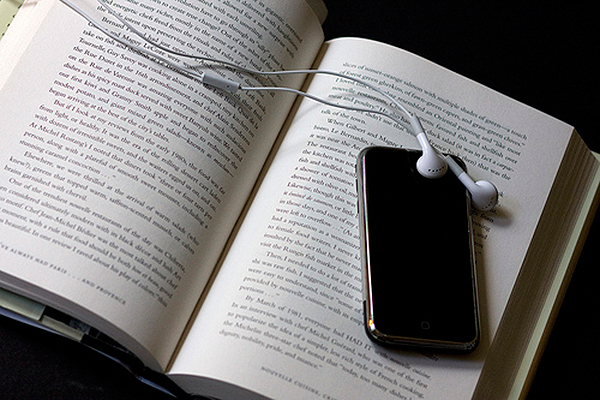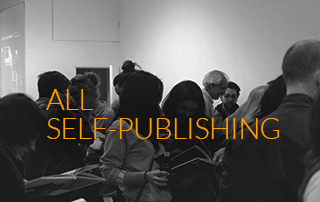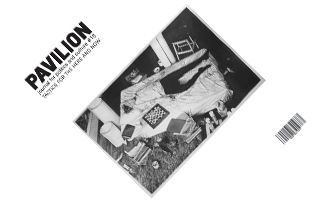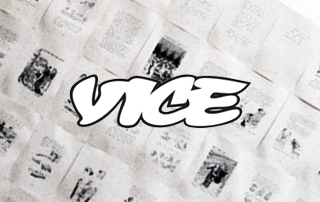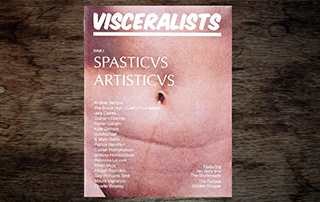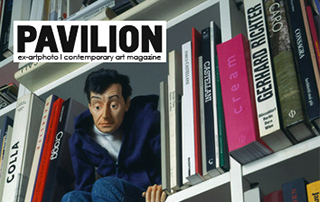ST: Now you live in Brussels. Do you consider your move to Belgium an important one, in regard to your work? While still returning to Romania time and time again, what is your connection with the scene there?
CH: I don’t see it as a full move, more of a shift between the two. I am interested a lot about what is going on in Romania and I return as often as I can. A new environment can influence you in a certain measure, still I do not consider that my art has changed that much.
ST: Your 2007 piece Country-Code you followed the passport change from the initial ROM to ROU as a form of recent discrimination. Do you see a direct relationship between the new racist legislation and the Rroma history in Romania?
CH: I discovered this change inside the Romanian passport just by chance. The old country code was ROM, the new one, ROU. This change was not accidental, and it follows out of the racist fear of a confusion being made between Romanians and Rroma, with the interpretation of the old code ROM as a possible reference to the Rroma population (gypsies).
Five years ago I was traveling for an art symposium in Hungary together with the Romanian artist Dumitru Painea. Painea was annoyed by the ROM code in his passport, telling me that he would want to see instead the DAC, because “he is a Dacian” (old pre-Roman conquest inhabitant of Romania).
A continuing political and cultural ostracism after the Second World War led the intelligentsia towards a nationalistic discourse, building upon this Daco-Roman identity continuing from antiquity till communism. The attempt to dissolve the communist past with a strong cultural flavor, is not at all based on a critical appraisal of history, but rather, on a continuing tendency to falsify the national history. A history entrenched in myths, traditionalism and cultural self-praise; with this representation the new elites employ the same national discourse of the communist era. I still remember the mottos from the history lessons I had in school: “Romania only fought wars for its own defense”, “the Romanians never did harm to nobody, they were industrious, courageous and full of dignity”.
In reality the oppressed quickly transform into oppressors at least when considering minorities; from the time the Rroma entered Romanian territory they were enslaved for a very long time, then exterminated by the Antonescu regime and finally culturally eliminated by the Ceausescu regime.
From a necessity of finding a justification for the real mistakes that keep on hunting the Romanian state, the Rroma are the first to be incriminated and accused of damaging the Romanian image in the world. The traditional view is that they were always regarded as an undeveloped and culturally poor population, diluting the Romanian cultural integrity and never contributing to the cultural and economic development of the country. Well, exactly this kind of mentality presenting the Rroma as inferior is the primary cause of a situation characterized by indifference, denial and a severe decrease of their actual chances to develop socially and culturally. Even as the real problems confronting this minority are clear, the phobia regarding a possible association between Romanians and Rroma is gaining a lot of importance. This association is so unacceptable that it manages to change the country code itself.
Thus behind the Country Code in the Romanian passport lies a false interpretation of history, producing a brand of nationalism impregnated with racism.
ST: In one of your video art pieces you switch places with Luke Skywalker. How do you think works this imperfect takeover by local Sci-Fi mythology using basic heroic instructions of epic proportions?
CH: During the Communist era watching foreign movies was a restricted activity. One of the few that passed the official frontier before ’89 was Star Wars. All youngsters my ages were prisoners in their admiration for the awesome technological wonders that they missed before. We all grew up with the SW movie, dreaming to be Luke or Leia. This film was proposing somewhere a very far away galaxy, another abstract, nearly unlimited space with no frontiers for our dreams. I regarded this movie as a possible reality that I could attain if I could apply my need for more knowledge. As a child I got interested in technology, astrology, physics, drawing and doing my own sketches for future space ships that I was planning to travel around in the cosmos.
I wanted to live in Luke’s world; the switch is actually a symbolic fulfillment of my own childhood dream.
ST: Lets talk a bit about the hero factory – the fitness room – what can you tell about the return to the cowshed? Do you think it’s necessary to train the Romanian muscle with countryside chores or do you think we are all absurdly improvising in our wish to match the idols of our youth?
CH: In this transition from the rural to the urban there are a lot of phases. A curiosity in this sense represents the Fitness Room in the villages, a hype from the 90s triggered by watching the following American movie heroes: Rambo, Arnold Schwarzenegger, Jean-Claude Van Damme, Bruce Lee.
They were the ideal masculine models with the perfect body, reflecting the idea that a strong body would guarantee success, total gain, encoding the force and integrity of the male.
Always in the movie there was the moment of training, where the character was developing his physical skills with a nearly psychotic ambition, abilities that would transform them into instant heroes, invincible in the battle, embodying the idea of perfection. The training would thus be a necessary phase to get closer/associate with your favorite hero.
Thus were born these surrogate fitness rooms, with improvised gear, and I was spending most of the summers in the village, so the cowshed became in my case a cult space and a factory for making heroes. This space is not unique; it exists in every village and town. It became a movement. Working the land didn’t have the same appeal in a period of transition from the rural to the urban and it was a normal activity for anybody looking for a better life. Plow, wheels, buckets… former agricultural tools were transformed (literally) into machines for building muscles.
The Romanian peasant had the opportunity to become a real hero.
ST: Where do you see yourself in five years time?
CH: Who knows? I like to be optimistic regarding everything.

